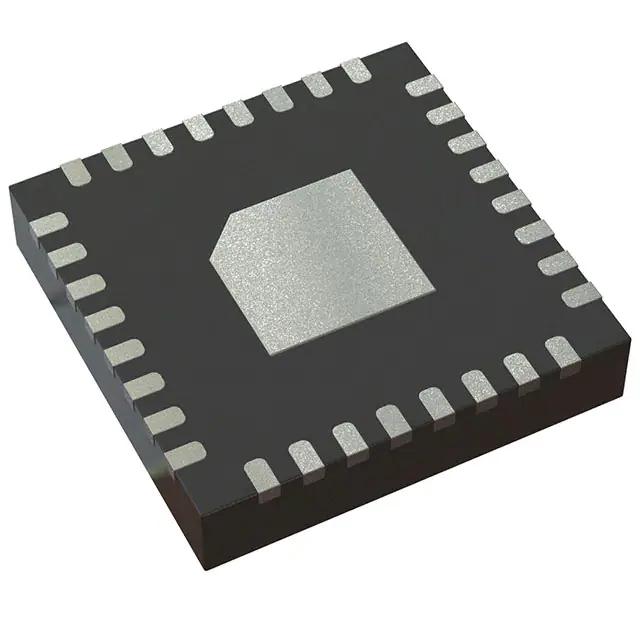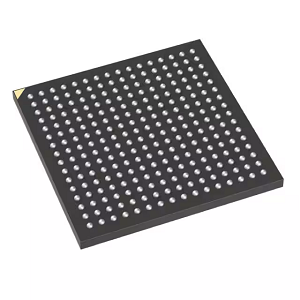Original Integrated Circuit Chip IC DS90UB927QSQX/NOPB
Product Attributes
| TYPE | DESCRIPTION |
| Category | Integrated Circuits (ICs)
Interface - Serializers, Deserializers |
| Mfr | Texas Instruments |
| Series | Automotive, AEC-Q100 |
| Package | Tape & Reel (TR)
Cut Tape (CT) Digi-Reel® |
| Part Status | Active |
| Function | Serializer |
| Data Rate | 2.975Gbps |
| Input Type | FPD-Link, LVDS |
| Output Type | FPD-Link III, LVDS |
| Number of Inputs | 13 |
| Number of Outputs | 1 |
| Voltage - Supply | 3V ~ 3.6V |
| Operating Temperature | -40°C ~ 105°C (TA) |
| Mounting Type | Surface Mount |
| Package / Case | 40-WFQFN Exposed Pad |
| Supplier Device Package | 40-WQFN (6x6) |
| Base Product Number | DS90UB927 |
Function
In addition, the DVI interface on the graphics card is DVI-I interface, including digital signal and analog signal. Therefore, many graphics cards without VGA interface can be converted from DVI interface to VGA interface through a simple adapter or signal converter. DVI and HDMI interfaces are digital interfaces, especially graphics cards with HDMI interfaces, which support HDCP protocol and lay a foundation for watching copyrighted HD programs. However, graphics cards without HDCP protocol cannot normally watch copyrighted HD movies and TV programs regardless of whether they are connected to monitors or TVS.
DVI interface is divided into two types. One is DVI-D interface, which can only receive digital signals. There are only 3 rows and 8 rows of 24 pins on the interface, among which the one pin in the upper right corner is empty. Not compatible with analog signals.
The other is a DVI-I interface that is compatible with both analog and digital signals. Analog signal compatibility does not mean that the d-sub interface of the analog signal can be connected to the DVI-I interface, but must be used through a conversion connector. Generally, the graphics card that adopts this interface will have the related conversion connector.
For compatibility reasons, graphics cards typically use a DVI-I port, which can be connected to a regular VGA port via a conversion connector. The DVI-D interface is generally used for monitors with DVI, because such monitors also have VGA, so they don't need DVI-I with analog signals. With a few exceptions, some monitors only have DVI-I ports and no VGA ports. DVI interface for display equipment has the following two main advantages:
Speed fast
DVI is digital signal transmission, does not need any conversion, digital image information will be transmitted directly to the display device, thus reducing the digital and analog to digital conversion process trival, greatly save the time, so it is faster, effectively eliminate the phenomenon of ghosting, DVI and used for data transmission, signal attenuation, no colour more pure, more vivid.
Ultra High Definition
What the computer transmits inside is binary digital signal. If VGA interface is used to connect the LCD, the signal needs to be converted into R, G, B primary color signal and line and field synchronization signal through D/A (digital/analog) converter in the graphics card.
These signals are transmitted to the liquid crystal through analog signal lines and the corresponding A/D (analog/digital) converter is required to convert the analog signal into digital signal again before the image can be displayed on the liquid crystal. In the above-mentioned D/A, A/D conversion and signal transmission process, signal loss and interference will inevitably occur, resulting in image distortion and even display error. However, DVI interface does not need to carry out these conversion, avoiding signal loss, so that the image clarity and detail expression have been greatly improved.
Finally, THE DVI interface can support THE HDCP protocol, laying the foundation for viewing copyrighted HD video. However, in order to make the graphics card support HDCP, optical DVI interface is not possible, need to install a dedicated chip, but also pay a high HDCP authentication fee, so really support HDCP protocol graphics card is not much.











.png)


.png)
